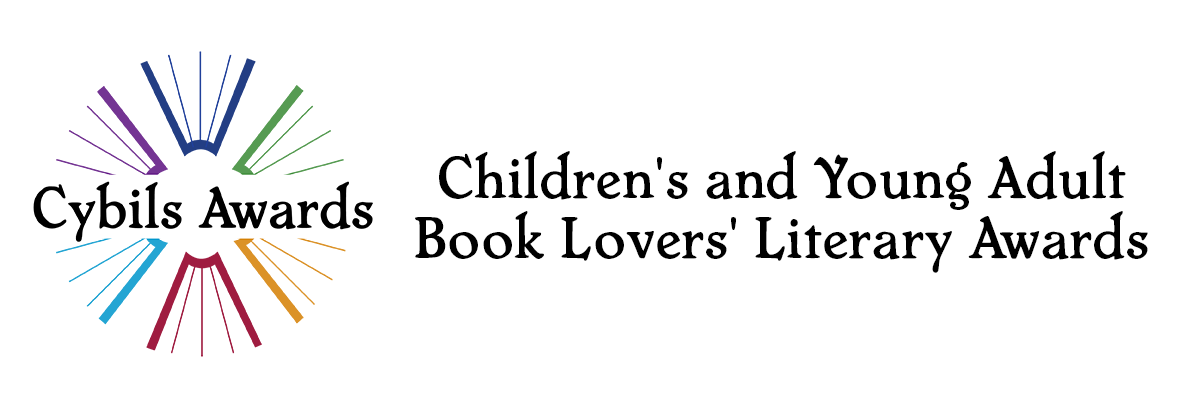Last week we took a closer look at a few of the Cybils categories to find out a little more about the nominees, from the category organizers' perspectives. What stood out? Was there a gaggle of zombies or a flock of vampires? Was the decision about finalists particularly difficult or were there standouts? Today, we take a look at Graphic Novels, Non-Fiction/Information Picture Books, and Easy Readers & Short Chapter Books for a glimpse into the process.
Liz Jones, Graphic Novels: Pre-Cybils, I wondered if the economic downturn would reduce the
number of quality graphics being published. I shouldn't have worried.
We had such an abundance of really good books–I was afraid we would
*never* pick our top ten (five for each age category). I wish we could have
had another ten spots for outstanding submissions. A large percentage
of our books were volumes from different series, so by restricting
ourselves to books which worked well as standalone stories, we were
able to narrow the finalist field a bit. Still… I think we're all
anxiously awaiting the next volume in many of the stories that didn't
get to the finalist level. I encourage readers to go back through the
submissions and read widely!
Jone MacCulloch, Non-Fiction/Information Picture Books: The Non-fiction/Information Picture Book committee read 73 books this year, with most of the Dewey categories for non-fiction represented. There were the typical science-oriented books containing fabulous photography and fun-filled facts with huge kid appeal. History books chimed in with a big showing for early American history as well as themes such as the anniversaries of people and events: there were three different titles featuring Darwin's life and several books on space and space travel. Quiet tales about little-known artists as well as humanitarian stories made a big impression on the round one panel. But how do you get from 73 books to 5-7 finalists? The Round One group worked as a team. Despite time zone differences, we emailed one another to reduce our first finalist list of the "elite eleven" down to the "spectacular seven." Our talks occurred on the fly even on December 25. But we did it and the spectacular seven finalists represent a list that congealed through consensus.
Anastasia Suen, Easy Readers and Short Chapter Books: This new category began in 2008 with easy readers, and it soon became clear that we needed to add the next step up, short chapter books. The very simple easy readers were quite different from the longer books with chapters. As children learn to read they go through a lot of different types of books, and we wanted to recognize the many steps children take as they learn to read independently. The decision was made to select very simple easy reader books for children just learning to read and short chapter books for children who were almost ready for the longer middle grade books. So for 2009, we added short chapter books…and doubled our category. It made for some great reading! There were series books and single titles, books with kids and animals and even senior citizens getting into trouble. There were so many great nominees to choose from that it took a while to narrow each list down to five. And now the judges are busy reading, trying to make each list of five into ONE. (Stay tuned!)
